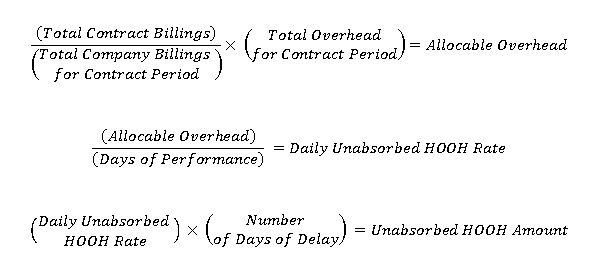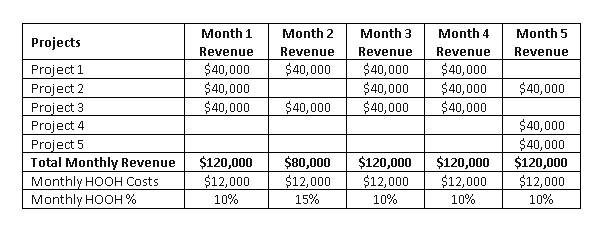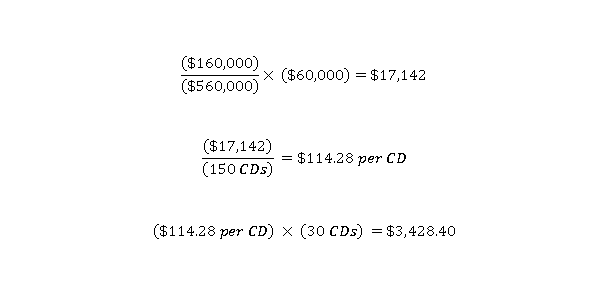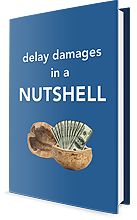Delay Damages: Home Office Overhead Formula 1 Of 4 (Eichleay Formula)
In the previous posting, I identified five home office overhead formulas (Eichleay, Canadian, Hudson, Manshul, and the Specified-Rate Formulas) that are used to determine a contractor’s home office overhead damage amount.
Each of these five formulas determine the contractor’s home office overhead percentage in different ways and for different reasons, which, in turn, can result in significantly different damage amounts. This and the next couple of postings will describe each of the formulas, their differences, and why they calculate different damage amounts.
The most commonly-known home office overhead calculation method is the Eichleay Formula. The use of the Eichleay Formula was established by an Armed Services Board of Contract Appeals decision in 1960. The project involved the construction of a Nike missile site and the contractor was the Eichleay Corporation. The formula that was used by the board to calculate the Eichleay Corporation’s unabsorbed home office overhead cost has become known as the Eichleay Formula.
In federal contracting and in many state courts and other jurisdictions, the Eichleay Formula is a well-established method to calculate a contractor’s unabsorbed home office overhead amount. However, refinements governing its use seem to accompany each new ruling.
When applying the Eichleay Formula, some courts and triers of fact require that a distinction be made between (1) unabsorbed overhead versus extended overhead and (2) delays caused by additional work versus delays caused by suspensions. Additionally, when using the Eichleay Formula to calculate a contractor’s unabsorbed home office overhead costs, some courts have generally required that the contractor must establish the existence of (1) an owner-imposed suspension of critical work, (2) an owner requirement that the contractor be on stand-by during the owner-imposed suspension of the critical work, and (3) proof that while standing-by the contractor was unable to take on additional work.
What sets the Eichleay Formula apart from the other home office overhead formulas is that it determines the delayed project’s share of the contractor’s total home office overhead costs based on the delayed project’s revenue as a percentage of the contractor’s total company revenues, as depicted below.

Additionally, the Eichleay Formula relies on the contractor’s actual revenue and actual home office overhead costs. For example, the project billings are divided by the total company billings during the contract period to determine the percentage of the company’s home office overhead costs (Allocable Overhead) that are attributable to the subject project. Then, that Allocable Overhead amount is divided by the project’s actual duration (including the delay or suspension period) in calendar days to calculate the project’s daily unabsorbed HOOH rate, which is then multiplied by the number of compensable days of delay to produce the contractor’s unabsorbed HOOH damage amount for the subject project. To demonstrate how this formula actually works, let’s use the example from the previous posting, which is below.

In this example, the contractor was suspended in Month 2, earned no revenue from Project 2 in that month, and completed the project in Month 5. Note than the monthly HOOH costs are consistently $12,000, which, in Months 1, 3, 4, and 5, is $4,000 per project. Below is the application of the Eichleay Formula for Project 2.

Interestingly, the unabsorbed home office overhead amount calculated by the Eichleay Formula is nearly 15% less than the $4,000 home office overhead amount not absorbed by the Project 2 revenues in Month 2.
Because the formula relies on the contractor’s actual costs and actual revenue totals, the contractor typically uses its audited financial statements, its last pay estimate for the subject project, and financial statements as the basis for this calculation. Therefore, typically the Eichleay Formula is not performed until after the project is complete.
For more on this or any other topic, please call me at 215-814-6400 or email me at mark.nagata@traunerconsulting.com.

